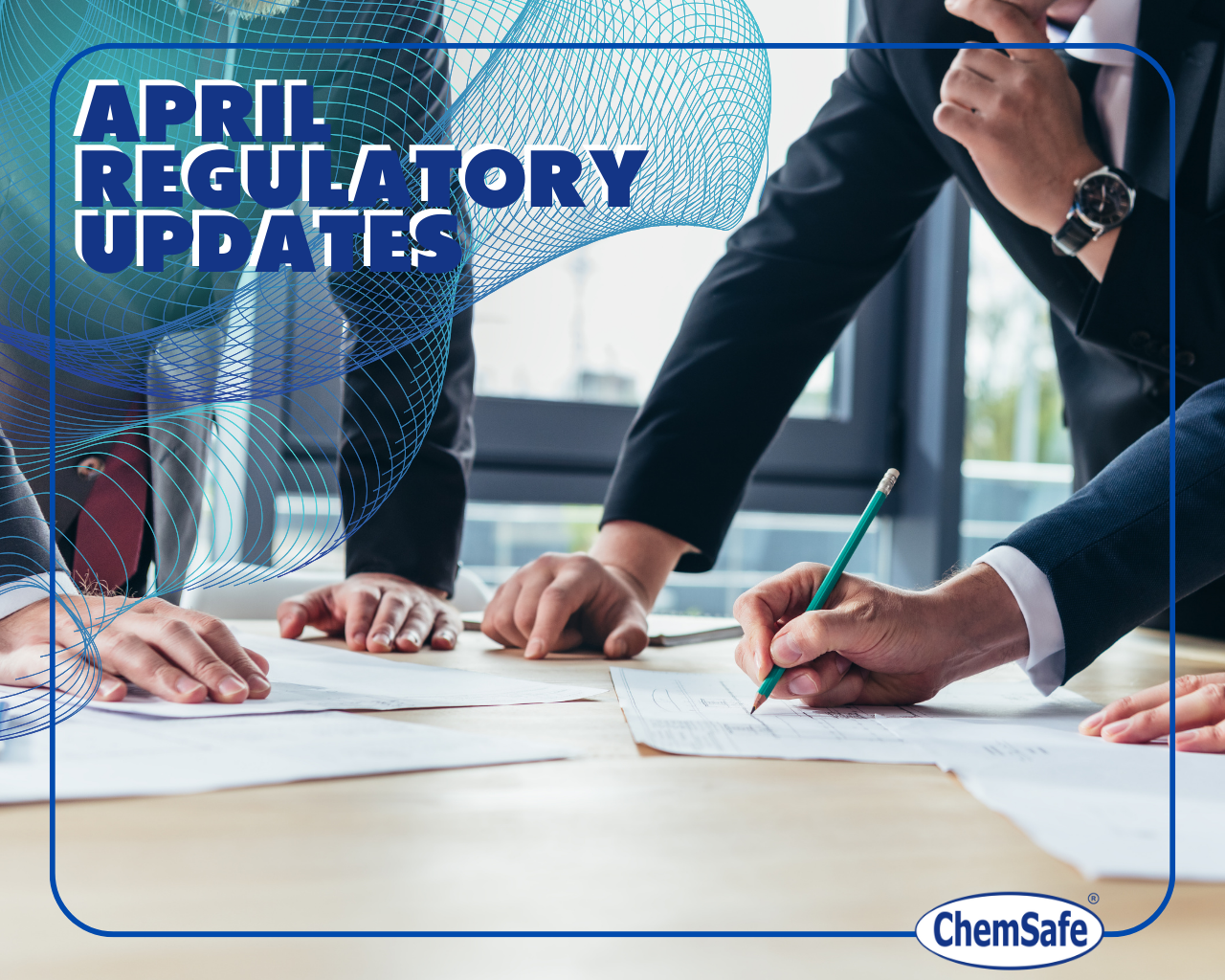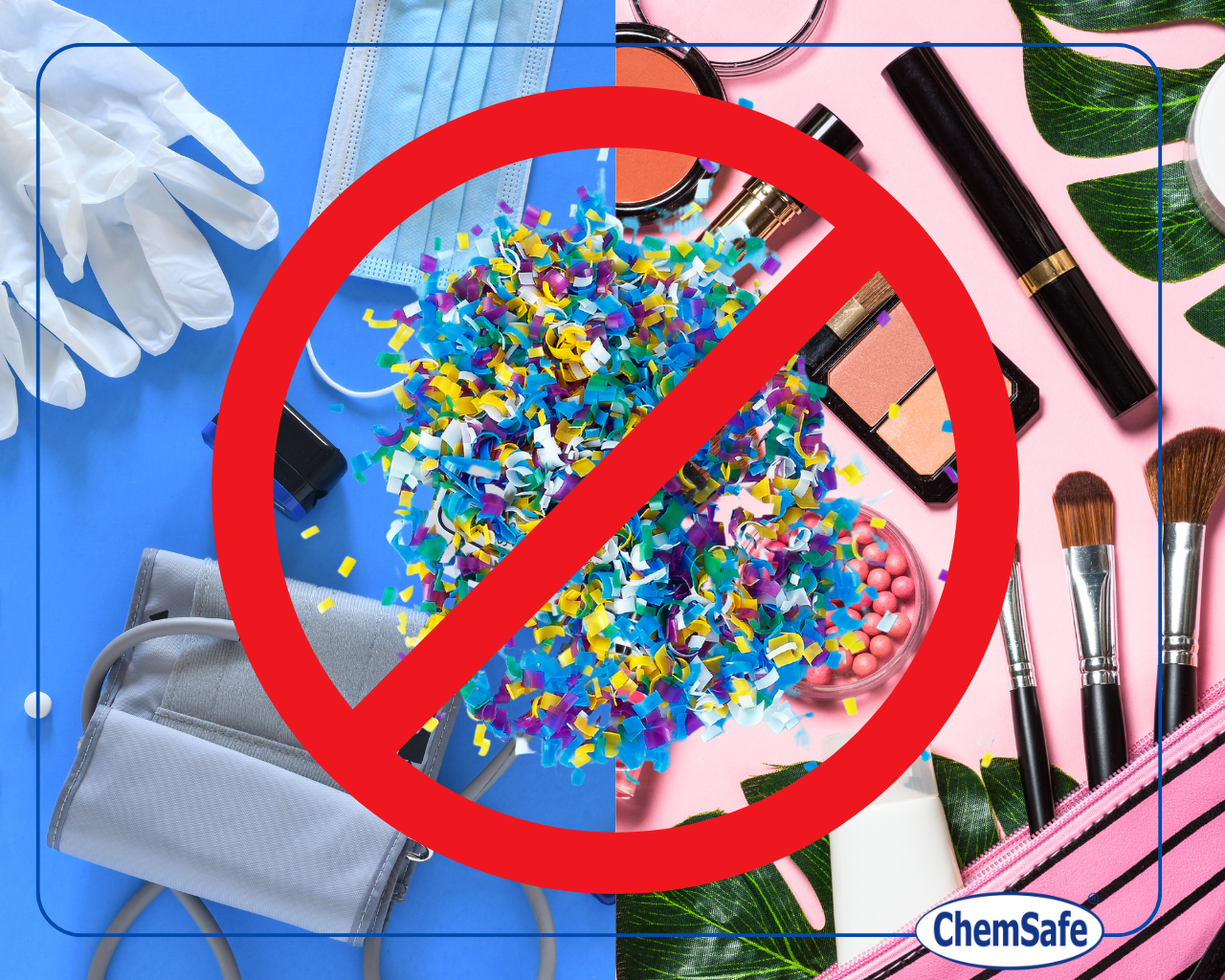What does it mean to perform an environmental impact assessment of active pharmaceutical ingredients?
Environmental impact assessment of active pharmaceutical ingredients has been required since 2006 by a specific EMEA (now EMA) guideline. It focuses attention on verifying the environmental impact of such active ingredients when released from the patient during therapeutic use. The guideline was issued as a consequance of an impressive scientific literature reporting striking cases of environmental impacts in some aquatic spcies and other species detected as early as the 1990s. It should be made clear from the outset that it does not apply to incidental releases from drug manufacturing facilities; however, this issue is subject to discussion and future regulation.
What is the ERA evaluation process
This involves, in the first instance, calculating the PEC (Predicted Environmental Concentration) value of the active under study and relating it to a reference value given in the guideline. If the calculated value is higher than the reference value, it will be necessary to continue with the evaluation by conducting a package of experimental studies designed to verify the eco-toxicological and environmental fate properties of the substance in order to determine the substance’s intrinsic hazard (PNEC) and perform the risk assessment (PEC/PNEC).
ERA assessment is a process that has a beginning but potentially no end. This is due to having to apply a step-by-step approach, from possible requests from Competent Authorities and, last but not least, from technical-scientific-regulatory progress that requires new risk assessments in relation and new evidence of environmental impact.
Have there been any relevant changes in the last 5-10 years?
A draft guideline was issued in 2018 for the purpose of updating the “old” 2006 guideline. It was finalized in March 2024 and will come into effect on September 1, 2024. The most significant changes were the introduction of the specific assessment of Endocrine Disrupting Substances (EDS= Endocrine Disrupting Substances) and a strengthening of the PBT (Persistent, Bioaccumulative, Toxic) assessment. In particular, in the former case the EDS assessment will have to be carried out in parallel with the assessment of eco-toxicological properties. Thus, the need for such an assessment is emphasized given the problems that exist in many drugs (e.g., hormone-like) for this safety end-point.
What changes does the new drug directive just voted by the European Parliament introduce?
From the scientific point of view, there is no relevant news given also the recent finalization of the first revision of the original guideline, which is thus the reference for the scientific approach! There is news, however, from the point of view of the impact of ERA evaluations on drug marketing authorization (MA). A full ERA assessment is required for every single drug placed on the market with the rule action retroactive and extended to generic drugs as well. Emphasis is placed on the need for mandatory prescription for those drugs that show an environmental profile of concern (to be defined); therefore, it will have to be understood what will happen for over-the-counter drugs that are currently not subject to prescription but show such a profile. Other novelties concern increased and close cooperation between the three main European agencies EMA, ECHA EFSA, the application of classification criteria according to Reg. CLP, and the possibility for competent authorities (EMA) to prepare specific ERA monographs. Therefore, keeping up-to-date on the implementation of the new EU directive is of paramount importance for pharmaceutical companies.
Chemsafe, since 2006, has dealt with a considerable number of ERA evaluations (about 40 projects) with its experts from BU Pharma. We are ready to help you with the implementation of new requirements to come; our support is inclusive of selection and monitoring of the necessary environmental studies. Therefore, please do not hesitate to contact us at chemsafe@chemsafe-consulting.com.







